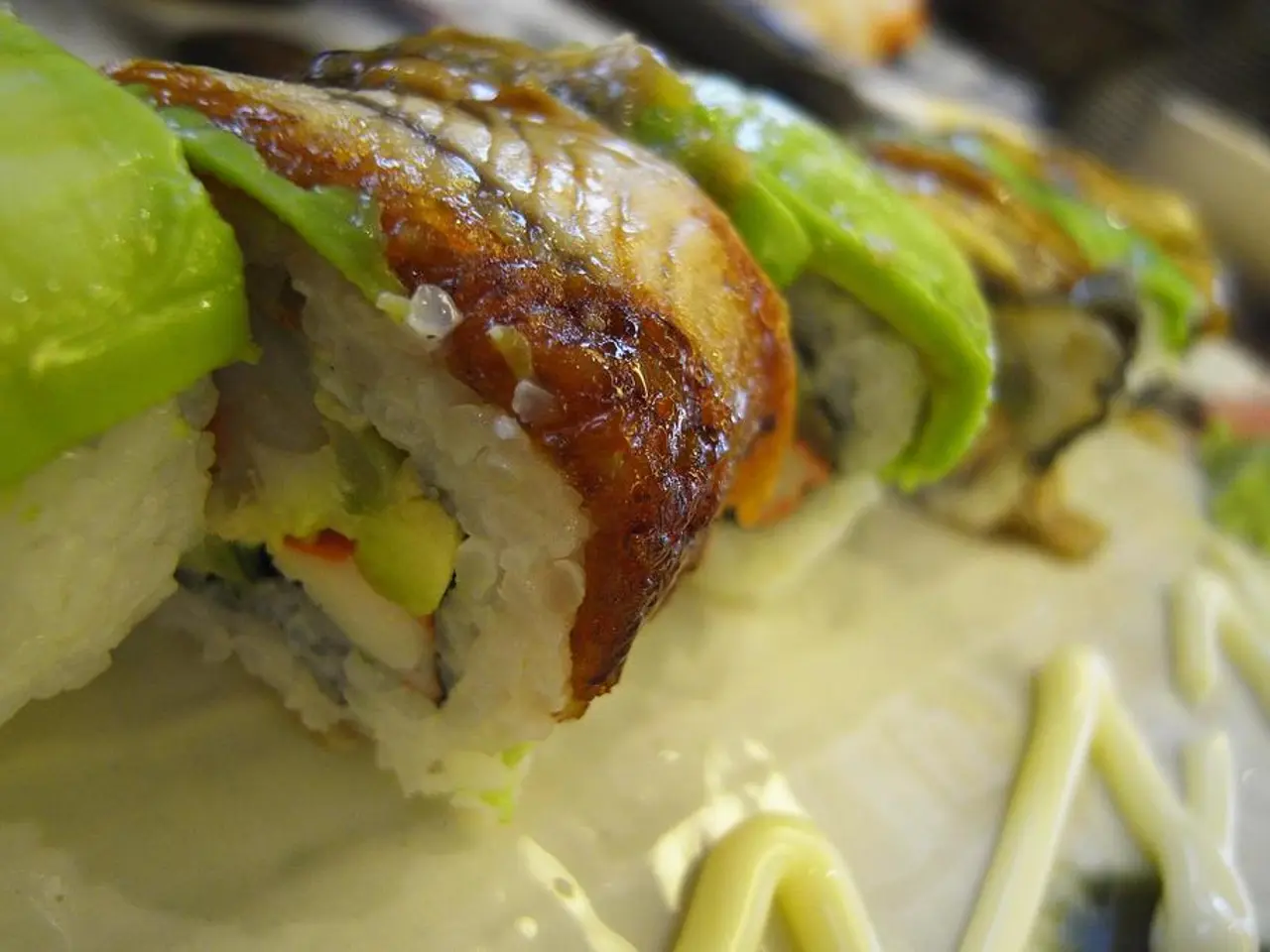Increased Trade Barriers: India Ponders Aid for Industries Most Affected by Trump's Tariffs
In a bid to mitigate the impact of US tariffs on Indian exporters, the Indian government is set to extend support to sectors severely affected, such as textiles and chemicals, under a ₹2,250 crore export promotion mission announced in the Budget earlier this year[1].
The mission, which is a large-scale scheme with multiple layers, includes various measures to help exporters remain competitive. These measures include easy credit schemes for Micro, Small and Medium Enterprises (MSMEs), support for e-commerce exporters, facilitation of overseas warehousing, and global branding initiatives to tap emerging export opportunities[1].
The government is also working on easing compliance and boosting domestic demand to offset export losses[1]. Additionally, exporters are exploring new markets to diversify away from the US market.
The US President Donald Trump has imposed a reciprocal tariff of 25% on Indian exporters, and the revised tariffs, to be implemented on August 7, are expected to impact Indian exporters more than competitors in countries such as Vietnam, Bangladesh, Indonesia, Malaysia, Philippines, and Pakistan, who face tariffs of 19-20%[2].
According to an analysis by research body GTRI, specific items that would be most impacted include shrimp, organic chemicals, apparels, diamonds, base metals including steel, machinery vehicles, and furniture[3]. For instance, India’s shrimp exports worth Rs 60,000 crore could shrink by Rs 24,000 crore due to the tariff hike[3].
In response to these challenges, the Commerce Department in India is seeking inputs from various export sectors to identify products that need assistance due to the tariffs[4]. The government is also considering all suggestions from exporters to decide on appropriate measures[4].
Support to exporters is not expected to come in the form of new measures, but rather within the existing provisions[4]. The Indian government is cautious about the Bilateral Trade Agreement (BTA), not wanting to compromise on its red lines, which include agriculture, dairy, and genetically modified (GM) crops[4].
As a result of these measures, the impact may include helping affected sectors maintain competitiveness despite the US’s 50% tariff, which is highest compared to India’s competitors in the US market[5]. The measures may also mitigate export revenue losses, especially in textiles, chemicals, auto parts, jewelry, and seafood, which face the steepest tariff rises[5].
The efforts may also encourage a shift towards domestic markets, potentially cutting India’s import bill by reducing dependence on imports as exporters focus more locally[1]. Furthermore, the promotion of export diversification through free trade agreements with other countries such as the UK, UAE, Australia, and the European Free Trade Association may partially offset losses from the US market[3].
Despite these government measures, the steep 50% tariff imposed by the US is expected to significantly handicap Indian exports relative to competitors from countries with lower US tariffs[2][5]. The high tariff burden presents a significant challenge to India’s export competitiveness in the US market[1][2][5].
The work is ongoing for the timely implementation of the Export Promotion Mission, and India and the US are negotiating a bilateral trade agreement (BTA) to potentially lower reciprocal tariffs and benefit exporters[4].
References:
- The Hindu
- The Economic Times
- GTRI Analysis
- Livemint
- The Financial Express
- The Indian government's Export Promotion Mission, worth ₹2,250 crore, includes various measures to help exporters remain competitive in the face of US tariffs, such as easy credit schemes for MSMEs and global branding initiatives.
- US tariffs on Indian exporters have been a significant challenge, with the revised tariffs expected to impact Indian exporters more than competitors in countries like Vietnam, Bangladesh, and Pakistan, who face lower tariffs.
- India's shrimp exports, worth Rs 60,000 crore, could shrink by Rs 24,000 crore due to the tariff hike, according to an analysis by research body GTRI.
- In response to these challenges, the Indian government is seeking inputs from various export sectors to identify products that need assistance due to the tariffs and is considering all suggestions from exporters to decide on appropriate measures.
- The government's efforts to mitigate the impact of US tariffs may help affected sectors, such as textiles and chemicals, maintain competitiveness despite the US's 50% tariff, which is the highest compared to India's competitors in the US market.




